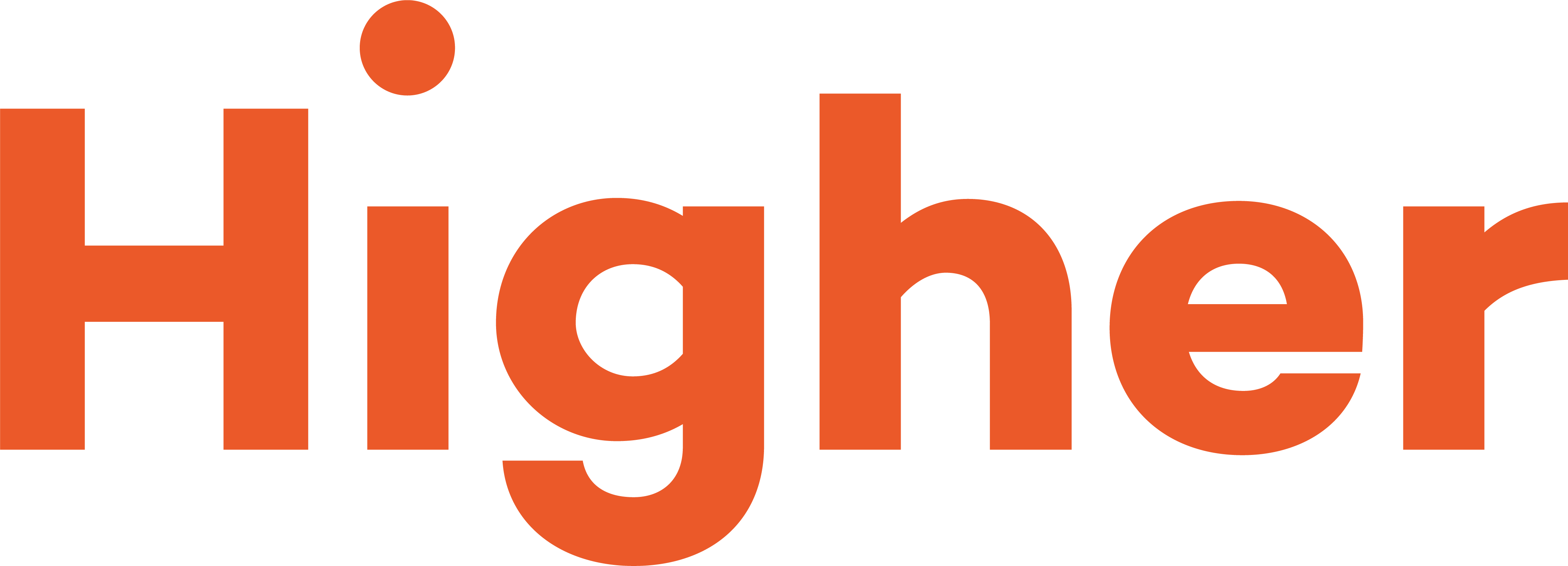Simply put, the definition of employee turnover is a measure of the number of people who leave your company during a certain period of time. Reasons for high staff turnover can vary, but it is a given that the higher staff turnover, the more employees you need to recruit – and the greater the recruitment costs. To have an optimal staff turnover, you can start by thinking about the steps below.
1. Understand your company’s long-term needs
Before starting the recruitment process, it is necessary to carefully analyze and understand the company’s future needs. When an employee leaves, it can be tempting to simply look for a clone of their profile to fill the void, but this may not reflect the true long-term requirements of the business. It is crucial to identify the specific competencies and characteristics required to successfully perform the job duties. By having a clear understanding of the company’s needs, you can direct your search towards candidates who are the perfect fit.
2. Attract active and passive candidates
For a successful recruitment process, it is necessary to adapt the selection process for both active job seekers and passive candidates. Active candidates are often in a hurry to find a new job, they expect quick feedback on their applications and clear information about the recruitment process. For passive candidates, who are not actively looking for new jobs, a different strategy is required. Passive candidates need to be convinced of the benefits of working in your organization through storytelling and relationship building. Finding a good recruitment and employer brand strategy can help reduce employee turnover. Passive candidates are often more likely to make long-term career decisions, which means that with a strategy that attracts them too, you can benefit the stability of the organization.
3. Personality tests to reduce staff turnover
To reduce staff turnover, it is important to focus not only on candidates’ resumes and technical skills, but also on their cultural fit with the company. Cultural conflicts can be one of the main reasons why employees leave their jobs. In many cases, it is possible to learn the skills required to be able to perform the position, and therefore it is often more important to ensure that the candidates share the company’s values and enjoy the company culture rather than that they possess exactly all the qualities you have listed in your requirements profile. Personality tests are a valuable tool for assessing whether candidates harmonize with the company’s culture and values, which in turn reduces the risk of cultural conflicts and promotes long-term employment.
4. Offer development opportunities and clear career paths
In order to retain talented employees, it is important to offer opportunities for development and clear career paths. Candidates are more likely to stay at a company if they see opportunities to grow and develop within the organization. When new employees have been hired, it is important to continuously evaluate and follow up their performance and well-being. This can help you identify potential problems in time and take steps to improve the work environment and reduce staff turnover.
5. How do you calculate staff turnover?
Calculating employee turnover as a percentage can give clear indications of changes that are otherwise easily missed. The formula for calculating staff turnover is simple and is done by number quit / average number of employees = staff turnover quit.
In summary, an accurate recruitment process is crucial to reducing staff turnover. By carefully defining your needs, using the right channels, assessing cultural fit and offering development opportunities, you can attract and retain the best talent in your company. This in turn leads to a more stable and productive workforce, which is often the key to long-term success.
Author: Malin Cartagena Lindell
Reviewer: Moa Jacobsson


%20h%C3%B6ger%20personal.png?width=300&name=Blogg%20header%20HUBSPOT%20(1117%20x%20450%20px)%20h%C3%B6ger%20personal.png)
